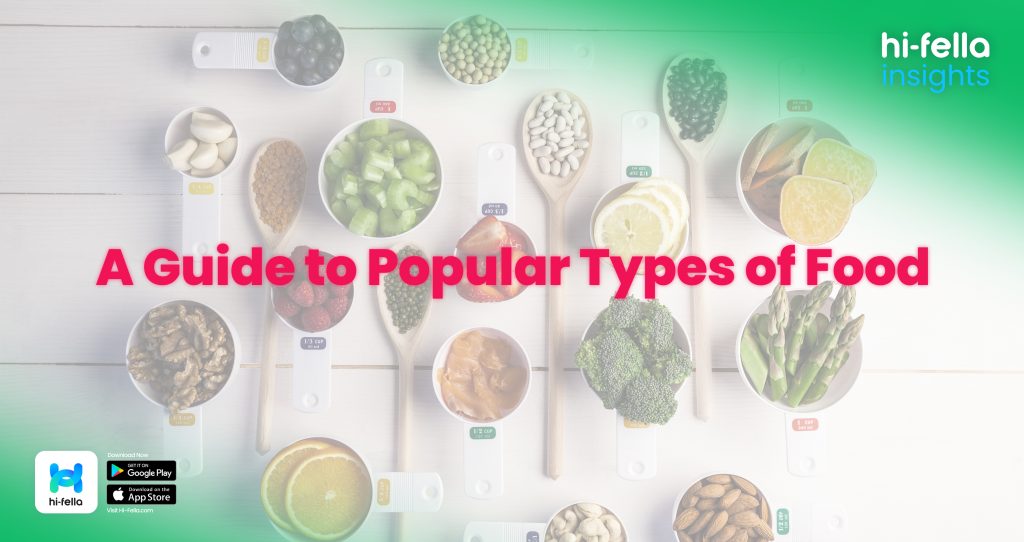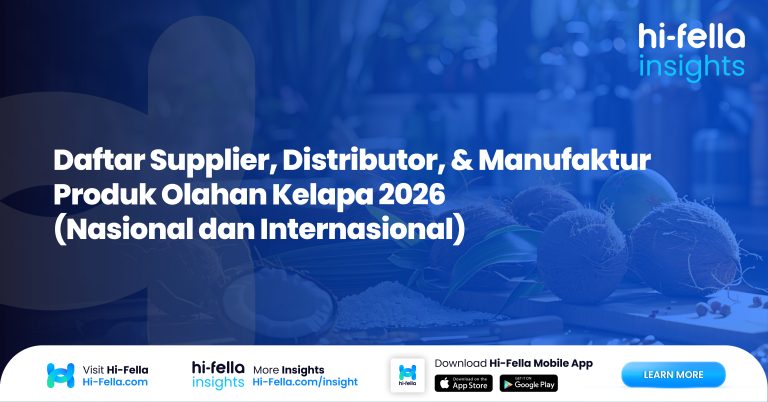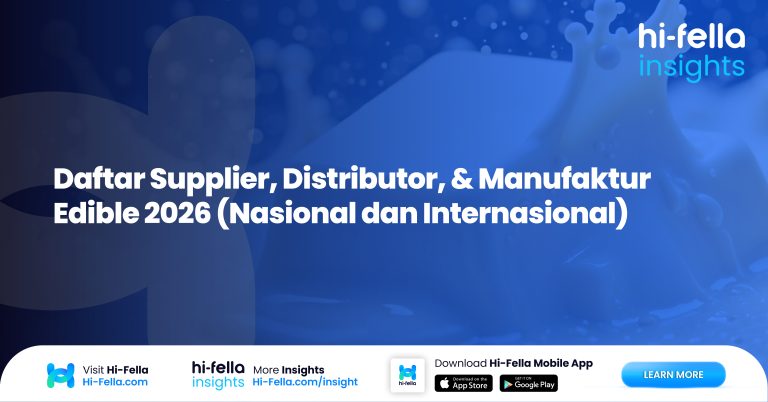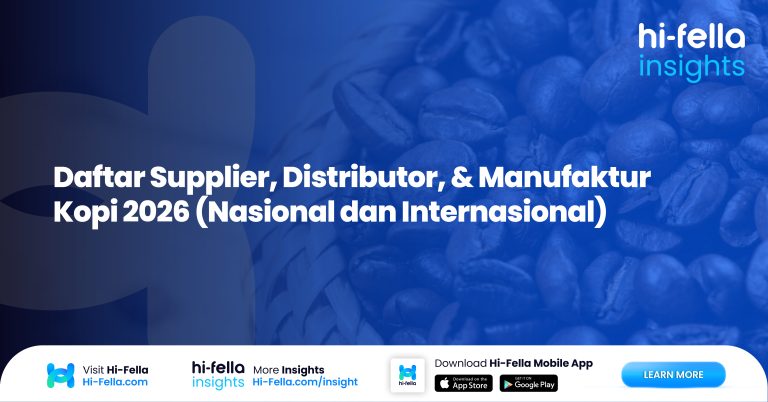Food is more than just sustenance, but it’s a cultural experience that can bring people together. Whether you’re a food lover, chef, culinary student, or restaurant owner, exploring diverse cuisines from around the world offers endless inspiration and opportunities to innovate.
In this guide, we’ll take you on a journey through various popular types of food and show you how Hi-Fella can connect you with suppliers to bring global flavors to your business.
Introduction: Why Exploring Different Types of Food Is Important

Source: Foodism Networking
The world’s culinary landscape is rich with diversity. As consumer tastes evolve and the demand for unique dining experiences grows, offering a variety of foods can help your business stand out. By exploring different types of food, you can:
- Expand your menu to appeal to a wider audience.
- Introduce new flavors that create memorable dining experiences.
- Tap into global food trends that can set your business apart from competitors.
For those in the food industry, understanding the power of diverse cuisines or types of food can also help foster connections, both locally and globally.
Hi-Fella provides a platform for suppliers and buyers to connect and source authentic ingredients, making it easier to incorporate popular global dishes into your offerings.
Asian Cuisine: Flavors from China, Japan, Thailand, and India

Source: amc.info
Asian cuisine is among the most varied and flavourful in the world. With its use of spices, herbs, and bold ingredients, it brings a unique experience to every dish. Some of the most beloved dishes include:
1. Chinese Cuisine
Famous for its stir-fries, dumplings, and noodles, Chinese food offers a balance of flavors such as sweet, sour, salty, and spicy. Dishes like Kung Pao Chicken and Dim Sum are popular globally.
2. Japanese Cuisine
Japanese food is known for its precision and simplicity. Sushi and Ramen are staples, but Japan also offers delicacies like Tempura and Takoyaki.
3. Thai Cuisine
Thai food blends spicy, sour, sweet, and salty flavors. Signature dishes like Pad Thai, Green Curry, and Tom Yum Soup are favorites worldwide.
4. Indian Cuisine
Indian food is a celebration of spices. Butter Chicken, Biryani, and Samosas are just a few dishes that showcase India’s rich culinary heritage.
European Delights: From Italian Pasta to French Pastries
Europe is home to some of the most iconic food traditions. Whether you’re craving pasta, pastries, or cheese, European cuisine offers something for every palate.
1. Italian Cuisine
Italian food is renowned for its pasta, pizza, and rich tomato sauces. Dishes like Lasagna, Spaghetti Carbonara, and Margherita Pizza are globally adored.
2. French Cuisine
France is famous for its delicate pastries, such as Croissants, Macarons, and Éclairs. French cooking also includes hearty dishes like Coq au Vin and Ratatouille.
3. Spanish Cuisine
Spanish food is full of rich flavors, with famous dishes like Paella, Tapas, and Gazpacho. The use of fresh seafood, meats, and spices makes Spanish cuisine a delight.
Middle Eastern Wonders: Kebabs, Falafel, and Spices
Middle Eastern cuisine is marked by aromatic spices, rich flavors, and diverse textures. From Kebabs to Falafel, here are some key dishes to explore:
- Kebabs: Grilled meat skewers marinated with spices, often served with rice or flatbread.
- Falafel: Fried chickpea patties typically served with hummus and pita.
- Hummus: A smooth dip made from blended chickpeas, tahini, lemon, and garlic.
African Cuisine: A Look at Traditional Dishes
African cuisine is as diverse as its cultures, offering rich and hearty flavors. Popular dishes include:
- Jollof Rice: A West African dish made with rice, tomatoes, and a variety of spices.
- Bunny Chow: A South African street food consisting of curry served inside a hollowed-out loaf of bread.
- Injera with Doro Wat: A traditional Ethiopian dish of spicy chicken stew served with sour flatbread.
Latin American Specialties: Tacos, Empanadas, and Beyond
Latin American food is vibrant, full of flavors, and heavily influenced by indigenous, African, and European cultures. Here are a few dishes to try:
- Tacos: Soft or hard tortillas filled with meats, beans, cheese, and fresh vegetables.
- Empanadas: A pastry filled with meats, cheese, or vegetables, often fried or baked.
- Ceviche: A dish of raw fish marinated in citrus juices and mixed with onions, cilantro, and peppers.
Fusion Foods: How Globalization Is Blending Cuisines

Source: Freepik
Globalization has led to the rise of fusion foods, where ingredients and cooking techniques from different cultures are combined to create innovative new dishes. Examples include:
- Sushi Burritos: A fusion of sushi and burritos, where sushi fillings are wrapped in seaweed and rice, then rolled up like a burrito.
- Korean Tacos: A mix of Korean-style meats, like bulgogi, wrapped in a traditional Mexican taco.
Fusion foods are popular because they offer something unique and cater to adventurous eaters.
Statistics & Trends in the Food Industry
Global Cuisine Popularity
According to recent studies, 78% of consumers in the U.S. enjoy trying international foods. In Europe, the demand for Asian and Mediterranean cuisines is steadily growing of Fusion Cuisine.
The trend of fusion foods continues to rise, with 53% of restaurants globally introducing fusion dishes to attract younger audiences.
Why You Must Use Hi-Fella for Your Food Business
Hi-Fella is your gateway to global flavors. As a platform that connects food suppliers and buyers, Hi-Fella helps you source authentic ingredients, from rare spices to sustainable produce, ensuring your dishes stand out with authenticity and quality.
Whether you’re looking to explore new cuisines or start your own food business, Hi-Fella makes it easy to find the products you need.








